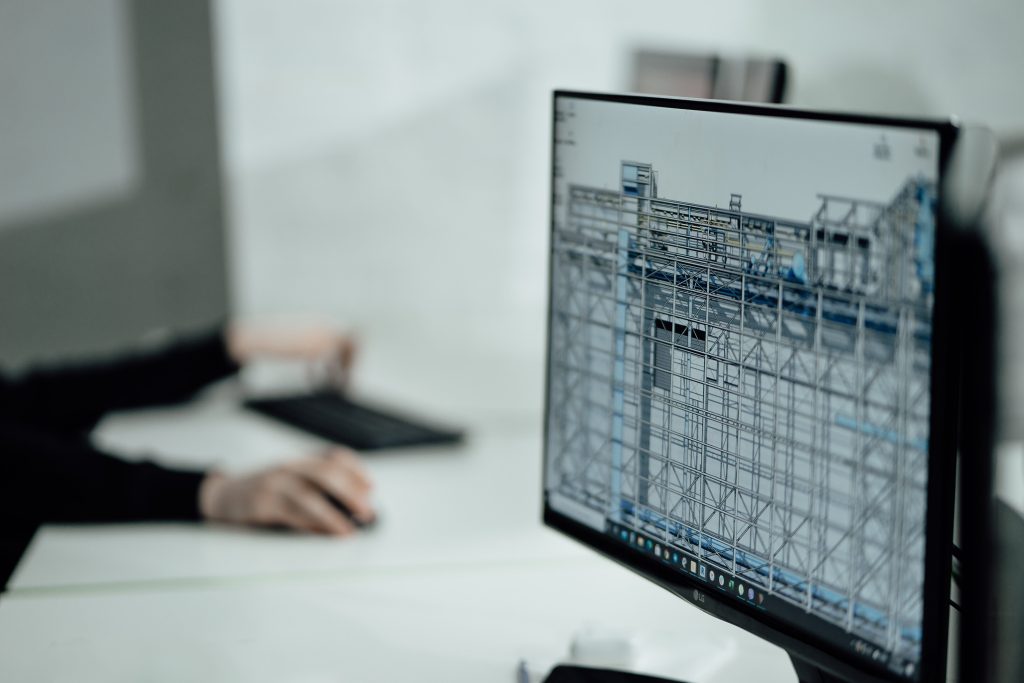The construction industry in Australia has been slow to innovate in the decades past. But with the changing industry demands, especially during the Covid-19 pandemic, companies started to be more conscious of the importance of digital technologies. In fact, a survey from Statista Research Department in 2022 found that about 78% of businesses are starting to focus on growth through adopting emerging technologies.
Construction Industry Adapting to the Culture of Innovation
Cultivating a culture of innovation, effective change management, and nurturing intellectual capital can help unlock every industry’s full potential. In the construction industry, the shift towards adopting digital technologies can help promote progressive growth. Embracing digital technologies and incorporating document management software can play a pivotal role in driving progressive growth in the construction sector.
Digitalisation presents a major opportunity to cut costs in the construction industry. According to data from Boston Consulting Group (BCG), going digital can significantly reduce global non-residential construction costs.
In the engineering and construction phase, digitalisation could reduce annual costs by 13-21%. Additional 10-17% savings in the operations phase are possible as well. As for the Australian construction industry, it could mean a yearly increase in added value of around $25 billion over the next ten years.
Exploring Cutting-Edge Construction Technologies
Like every industry, the construction sector is in a state of continual evolution. Its attitude towards fostering a culture of creativity and innovation through digitalisation can lead to groundbreaking advancements.
In addition, some technological tools even promote spatial awareness and emotional involvement, providing educational and cultural value while encouraging creativity and innovation. Here are some of them:
Building Information Modelling (BIM)
The BIM process involves generating intelligent data that serves the entire lifecycle of a building or infrastructure project. Here is how it happens:
- Plan: Planning is the first phase that combines real-world data with reality capture to create contextual models of the existing environment – informing project planning.
- Design: Conceptual design, analysis, detailing, and documentation take place here. BIM data initiates preconstruction processes, aiding scheduling, and logistics.
- Build: Fabrication begins based on BIM specifications. Construction logistics are shared with contractors, ensuring efficient timing and execution.
- Operate: BIM data extends to asset operations and maintenance. It also supports cost-effective renovations and efficient deconstruction when needed.

BIM technology creates a precise digital building model, encompassing accurate geometry and necessary data for construction, fabrication, and procurement. It also supports the building’s lifecycle modelling, enabling enhanced design and construction and promoting better building quality, cost-efficiency, and shorter project durations.
Augmented & Virtual Reality

Among the latest and most cutting-edge additions to construction is the integration of augmented reality (AR) and virtual reality (VR).
· Virtual Reality
VR comes in two main types: desktop and immersive. Desktop VR is shown on computer monitors or TVs and is referred to as Cave Automatic Virtual Environment (CAVE). CAVE employs multiple monitors to create a large screen, immersing users.
Immersive VR, known as “IVE,” envelops users, blocking out external stimuli to enhance the sense of presence within the virtual environment.
IVE offers a three-dimensional visual representation of the virtual space, tracks user movements, updates the virtual scene based on these movements, and provides some user control over objects within the environment.
Virtual reality can optimise efficiency and outcomes across the entire construction project lifecycle. Right from initial concepts to completed builds, VR unlocks significant benefits at every stage.
VR allows collaborative design reviews and interactive walkthroughs of 3D models during planning. This enhanced understanding drives constructability, minimising changes later on.
Rehearsing construction sequences in an immersive VR environment highlights issues earlier. Teams can detect and address problems before groundbreaking, avoiding abortive work.
By leveraging VR’s ability to immerse and interact, teams achieve deeper project insight. This results in smoother execution, faster troubleshooting, and fewer defects. VR enhances construction projects from start to finish.
· Augmented Reality
Augmented reality (AR) presents a live mimicry of the real world, capable of incorporating additional elements into the simulated environment.
AR generates an environment where computer-generated information overlays the user’s perspective of a real-world scene. This has boundless advantages for budding architects and field engineers. It enables them to witness a project’s final form superimposed onto an empty site, fostering interaction with real-world projects and pre-emptively addressing issues before they arise.
By offering exposure to projects before they physically materialise, AR delivers a distinctive learning experience to novices and seasoned construction professionals alike, providing a secure, risk-free platform to identify and rectify flaws in a project in real time.
Integrating Digital Tools for Enhanced Efficiency
Digital technologies have revolutionised the way construction professionals gather essential project data, spanning areas like procurement, bidding, and asset management. This tech-driven approach has notably boosted productivity, highlighting the significance of innovation culture in organisations.
· Enhanced Communication and Adherence to Regulations
Building Information Modeling (BIM) enables real-time exchange of data and the creation of comprehensive databases. When reconstructing components like roof beams, stakeholders had immediate access to pertinent information, specifications, and detailed 3D models, ensuring unwavering compliance with regulatory mandates. Furthermore, BIM fostered a collaborative atmosphere, enhancing the overall approach to the project.
· Promoting Better Productivity Across All Phases
The construction industry has grappled with inefficiencies for decades, posing escalating hurdles to achieving project success.
The advent of the COVID-19 pandemic further compounded these challenges. Nearly 39% of contractors have reported project delays within the past year. This presents unfavourable circumstances for construction firms.
Any deviations from deadlines could potentially result in contractual breaches, potentially leading to construction-related legal disputes. Furthermore, missing project deadlines translates to increased expenditures on labour, equipment, and additional permits, significantly eroding profit margins.
In any scenario, the aim is to bolster productivity, ensuring projects are completed promptly and within financial constraints. A promising avenue to achieve this is through the integration of digital tools like Bizprac to manage tasks of all magnitudes, effectively expediting project progression.
Digital solutions set companies up for project excellence and triumph. By leveraging the right technology to maximise efficiency and strategy, businesses are better equipped to execute projects flawlessly. With it, the likelihood of achieving success, growth, and profits improves.
Supercharge Your Construction Business with Bizprac
Bizprac is one of the best construction management software created specifically for Australian builders. This innovative platform integrates the tools you need to streamline operations and boost profitability.
Bizprac combines estimating, accounting, job costing, payroll, procurement, and more in one centralised system designed for Australian contractors. You’ll work smarter, not harder.
Bizprac is locally built and supported. Our team of professionals deeply understands the challenges faced by the construction industry in Australia. They’re here to help your business thrive.
Ready to take your contracting game to new heights?
Start your free Bizprac trial today or contact their experts at sales@Bizprac.com. Let Bizprac optimise workflows while you focus on growth and delivering quality projects.





